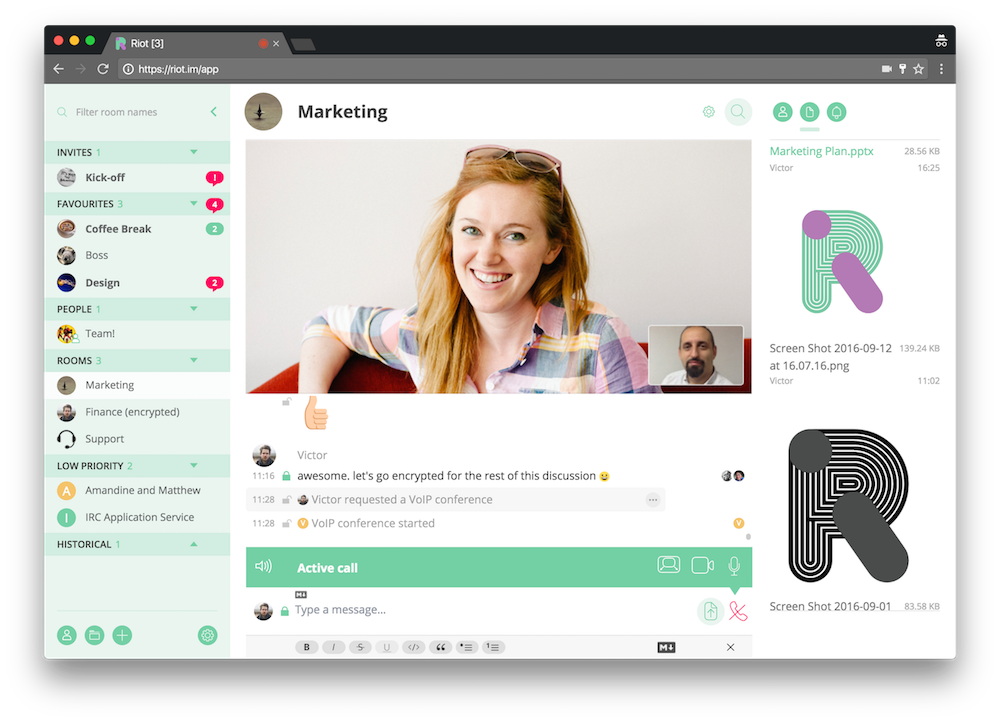Riot is trying to knock down the walled gardens of the messaging space

So unless you were living under a rock the last few weeks, you probably noticed that Apple introduced a brand new iPhone. Of course, along with a new phone comes a new version of iOS, and one of the tentpole features of this new version – iOS 10 – is a big update to the messages app.
Apple made quite a big deal about the updates to iMessage when it announced the new OS back in June, and I have to say, that there are a lot of fun and useful new features there. You can new send messages with digital touch, add stickers, and even use apps and play games right in the Message app.
All of the updates are pretty cool…but let’s be honest, this isn’t going to replace some of the more professional and serious messenger platforms available. Unless you feel a burning desire to share your heartbeat with your boss, most teams will stick with platforms like Slack in order to get work done.
However, iMessage, Slack, and really all of the other messenger platforms out there share one fundamental flaw. They keep you locked-in to their closed platform. With iMessage the problem is even worse, since you can only use the cool features with other iOS or Mac users. Android and PC users are left out entirely.
I just came across a new messaging platform that is trying to tackle the problem of platform lock-in head on. It’s called Riot, and it’s built on an open messaging standard that will allow you to communicate with anyone using any messenger built on the standard.
This idea is actually not something new. The web, email, HTML, are all open standards. Anyone can build an app that runs on them and have it work with anyone else’s app. Riot is built on a new standard for text and video chat called Matrix. There are already a number of clients out there that run on this platform so Riot is joining a new, but developing ecosystem.
What does Riot feel like? Well, it feels a bit like Slack. It’s got a nice, clean UI and you can form Rooms (group chats), where you can work with anyone on your team or, more importantly, anyone on another team from another organization. Unlike Slack, which again wants to lock you into their platform, and then isolate you even more in just your own organization, Riot allows you to connect with anyone using the Matrix standard, no matter what client they are running.
Of course, Riot brings some cool open source goodness to the table. The app features things like end-to-end encryption, the ability to run the platform on your own servers, and is built on a decentralized framework that makes it more stable and secure. All of this adds up to one thing – flexibility. Users and organizations simply have way more flexibility to run the app the way they want and work the way they want.
On top of that, Riot opens up the possibility to bridge into other messaging platforms. So one could even connect with someone on a closed platform, like Skype for instance, and talk to them seamlessly through Riot.
Of course, the messaging space is crowded. There are a number of mature platforms out there with massive user bases and all of these pose a challenge to an open source solution like Riot. But the promise of Riot, and of Matrix based messengers overall, is intriguing. These apps could solve some of the biggest pain points of the messaging space, namely the proliferation of closed platforms. Riot faces an uphill battle, but it holds the promise of a more open messaging future.